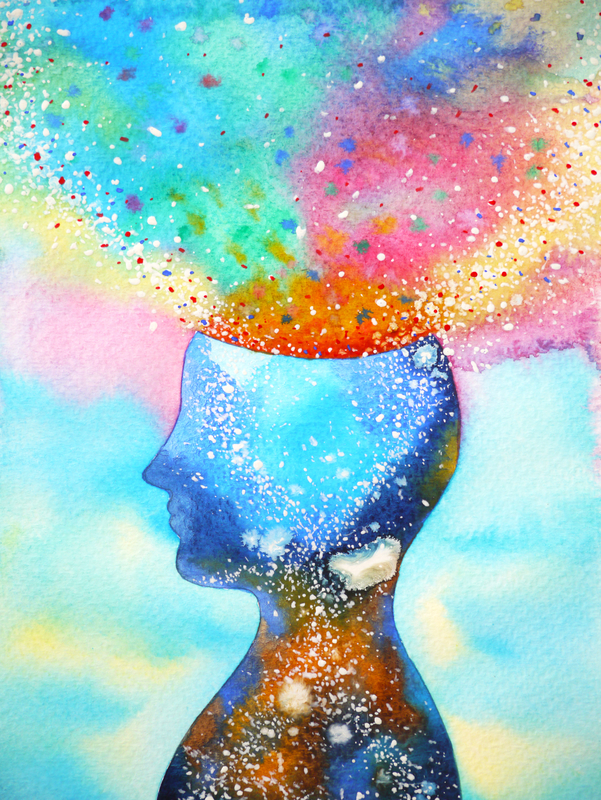I have a lot of trouble making sure I have enough conflict in my plots. I tend to like “caper” stories, where the characters proceed in a fairly orderly fashion through a series of hoops, resulting in their final arrival at the end of the obstacle course. However, today’s readers demand more of a novel, no matter what genre it may be in.

To start with, what exactly is conflict? Simply put, it’s what keeps the protagonist from attaining their goals. But what does that mean? Conflict is anything (or anyone) that gets in the main character’s way as they chase after whatever it is they think they need out of life. Notice that’s what they THINK … their goal is usually not what they actually need, or not if you’re writing a good story. The main character’s goals must change as they grow throughout the story, so that at the end, what they thought they needed wasn’t at all appropriate for them.
Tension and conflict go hand in hand, too. Tension is what happens when the reader knows something that the protagonist doesn’t. It’s what keeps the reader sitting on the edge of their seat, near-frantic to see what’s going to happen next and how the character is going to get out of it. If you have a logical series of conflicts, the tension will be there. If your conflict is contrived, though, you may struggle to find the tension needed to keep your reader enthralled.
One way to think up a good conflict is to ask “What, logically, should happen next?” Make a list if you want to–the more logical steps you can list, the better. Now, take a good look at your list–and veer off to one side in a plot twist! For example, if your character is determined that all they need in life is a comfortable life with regular meals, their favorite chair, a cozy fire, and a good book, your job as a writer is to make sure their life is nothing like that for the duration of the story. In fact, you may want to make certain they end up loving adventure instead.
Take your comfort-loving protagonist and ask “what would logically get them out of their cozy chair into the wide world?” Let’s say they’re tricked into joining a group of adventurers–but, more interestingly, let’s say they’re tricked when an old, family friend volunteers their services as a professional burglar! The adventurers show up, making their assumptions about our protagonist and his character, and chaos ensues. Now, what, logically, would happen next? Our hero will throw the lot of them, including the old, family friend, out the door and lock it behind himself, right? But what if he finds himself feeling the tug of the wild goose instead? What if a sudden longing to see mountains arises in his soul? Suppose he says “I’ll go along, just for a bit, and see something of the world.”
Now, you’ve got him out of the house. The rest of the story is a series of questions and plot twists you create in order to keep him from backtracking to that cozy fireside. Only at the very end of the book can the character return to their previous life–only to find it’s changed noticeably since they left home. If you create logical conflict, your story will flow right along from beginning to end, dragging the reader along with it.
